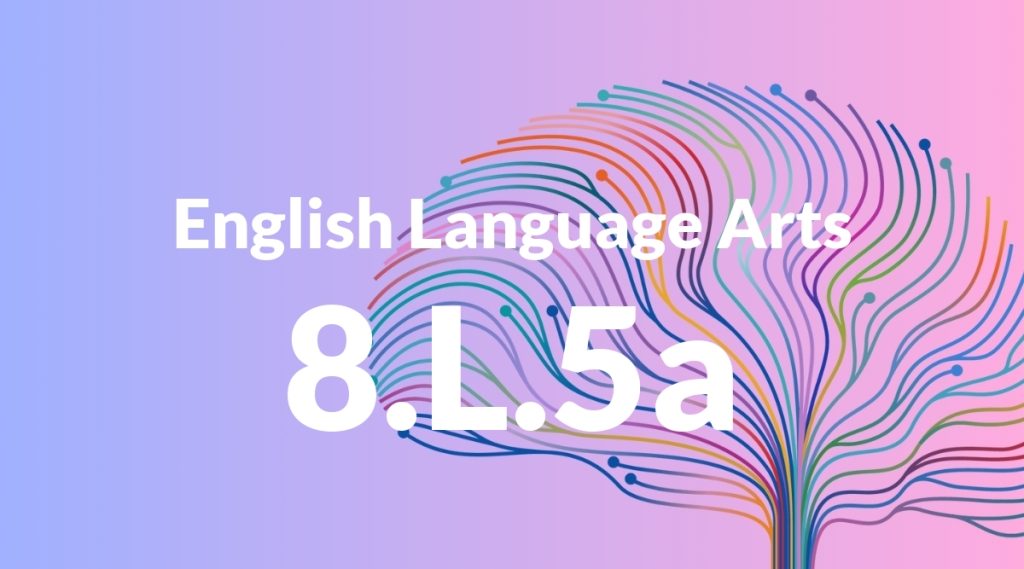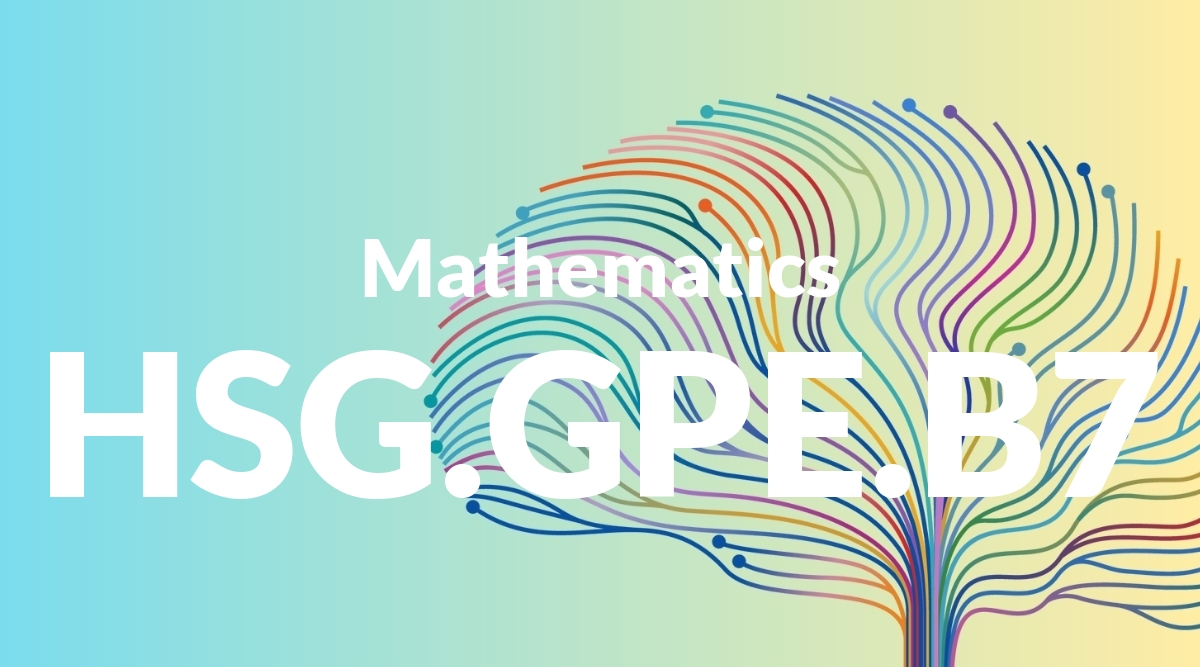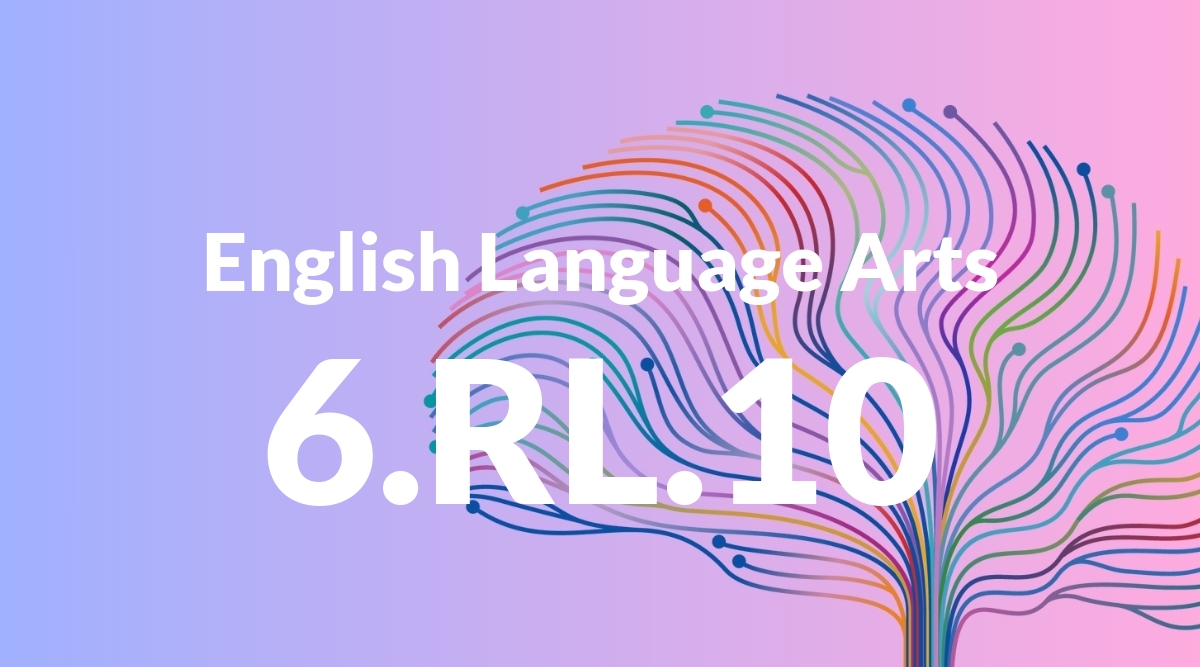Standard: 8.L.5 – Demonstrate understanding of figurative language, word relationships, and nuances in word meanings.
Grade level: Grade 8
Subject: English Language Arts
Domain: Language
Teacher Overview
This standard focuses on helping students understand and use figurative language, recognize word relationships, and appreciate the nuances in word meanings. Mastering this standard is crucial for students as it enhances their reading comprehension and writing skills, enabling them to interpret and create more sophisticated texts. Students should be familiar with basic figurative language and common word relationships. They should also have some experience with identifying these elements in simple texts.
After mastering this standard, students will be able to analyze and interpret more complex texts, understand subtle differences in word meanings, and use figurative language effectively in their writing.
Common Misconception 1
A common misconception is that figurative language is exclusive to poetry. This is incorrect because figurative language is used across various genres, including prose, drama, and even everyday conversation.
Intervention 1
To address this misconception, teachers can provide diverse examples of figurative language from different genres and contexts, emphasizing its widespread use.
Common Misconception 2
Another misconception is that words have only one fixed meaning. This is incorrect because many words have multiple meanings that can change depending on the context.
Intervention 2
Teachers can use contextual exercises where students determine the meaning of words based on different sentences or scenarios, highlighting the importance of context in understanding word meanings.
Prerequisite Knowledge
Students should have a basic understanding of figurative language such as metaphors, similes, and personification. They should also be familiar with common word relationships like synonyms, antonyms, and homonyms.
Subsequent Knowledge
After mastering this standard, students will be able to analyze more complex texts, appreciate the subtleties of language in literature, and use figurative language effectively in their own writing. They will also develop a deeper understanding of how word choice affects meaning and tone.
Instructional Activities
- Analyzing figurative language in selected poems and prose excerpts
- Creating a figurative language scavenger hunt using various texts
- Writing short stories or poems using specific types of figurative language
- Discussing the meaning and impact of idiomatic expressions in different cultures
- Engaging in group activities to explore word relationships and nuances




